6CY7 dual triode valve amplifier
I’ve always wanted to know what the “tube magic” was all about. There is much opinion in the science of music production, probably because music and its perception is highly personal and subjective. Ive always imagined that since transistor amplifiers were “perfect” with their large amounts of negative feedback, great linearity, and low THD that tube amplifiers must add something to sound that generates their appeal. From the reading I’ve done it has to do with harmonics.
After getting back into headphones because of my kids, I decided to try building a tube amplifier that would drive my nighthawks. More specifically I wanted to build an amp that would be sort of an old school / new school hybrid, one that used circuit boards and SMT components for good EMC considerations, but had no semiconductors at all and no negative feedback.
I owe much credit to Matt at cascadetubes.com, whose design of the 6CY7 amp is what I used with some modifications. This amp appealed to me not only because of the SET topology featuring no negative feedback (second stage does have degeneration), but also because the first and second amp stages for each channel were in their own tube. This should guarantee high channel isolation, and with the output tranformers I can send a differential signal over twisted pair to each side of my headphones since they have seperate plugs for left and right. It basically lets me build a power supply and two mono block amplifiers on top of a metal ground plane, with left and right channel isolation all the way to the headphones.
The most significant change I made to Matt’s design was to add a circuit to float the cathode heater virtual ground anywhere from 0 to 30VDC. In testing I found the most amount of power line feedthrough occured at around 7-15 volts. I set it in the low 20s and the output is completely silent with no input, even at full gain (it was pretty quiet at 0 too though, but I wanted to test it).
I left most of the circuit values alone, and substituted a lot of the packages for SMT or “audio” parts like poly film coupling caps, polymer electrolytics for bypass, pro audio taper pot, etc. I used SMT parts at the amplifier tubes to keep the current loops small, and carefully controlled the ground returns. Heater wires are twisted pair routed under the ground plane. I used Panasonic electrolytics in the power section based on their capacitance, voltage, and ripple current. The magnetics are all what Matt spec’d, with the exception of the Edcor transformers with more low end and 16 ohm output impedance. I also added a jumper that lets me defeat the second stage cathode bypass, I wanted to see what the difference sounded like. It’s supposed to only affect low frequency roll off but affects overall gain and does perform degeneration so has to make a difference. Unfortunately it changes the gain quite a bit so it will be hard to tell dynamically.
I did some testing and burn in with different signals, and did measure an elevated second harmonic. I imagine this is part of the “tube sound”. I’ve read that transistor amps selectively suppress even order harmonics but not odd order ones, so that when large amounts of negative feedback are applied as in a modern transistor amplifier any measurable harmonics will be odd order. In contrast the tube’s second order harmonic distortion is large compared to a solid state amp, like a few percent. That’s not to say that you can’t still get odd order harmonics from a tube, the datasheet for the 6V6 demonstrates a point in load impedance where all harmonic content is third order. I’ll leave alone the idea that even order harmonics sound better compared to odd.
I still haven’t been able to get my headphones hooked up to it, thanks to the tiny little connectors I had to source. It’s been hooked up to my Polk bookshelf speakers at my desk for a couple weeks now and I really love it. I plan on getting an A/B test setup so I can properly evaluate the difference. I’d be lying if I said I wasn’t interested in building another one.
5 Comments to 6CY7 dual triode valve amplifier
Leave a Reply
Other Stuff
Recent Posts
- 6CY7 dual triode valve amplifier
- Air quality sensor (TVOC and eqCO2)
- Automotive rear fill “surround sound” with Boss DD-3
- Spring tester / weight scale
- Ducati 749/999 Tail Light
- Instruments for the GSXR
- Light pipe tail light for the GSXR
- M17x 6990m / 6970m overheating
- PAR / Spectrum analyzer
- Acrylic polishing and scratch removal
Archives
- May 2019 (2)
- April 2017 (3)
- October 2015 (1)
- May 2015 (1)
- March 2014 (2)
- December 2013 (1)
- July 2013 (1)
- November 2012 (1)
- October 2012 (4)
- September 2012 (1)
- August 2012 (3)
- June 2012 (1)
- March 2012 (1)
- February 2012 (1)
- January 2012 (1)
- October 2011 (3)
- July 2011 (1)
- June 2011 (3)
- May 2011 (2)
- April 2011 (1)
- December 2010 (1)
- August 2010 (1)
- July 2010 (3)
- April 2010 (2)
- March 2010 (2)
- January 2010 (2)
- December 2009 (2)
- October 2009 (2)
- September 2009 (1)
- August 2009 (15)
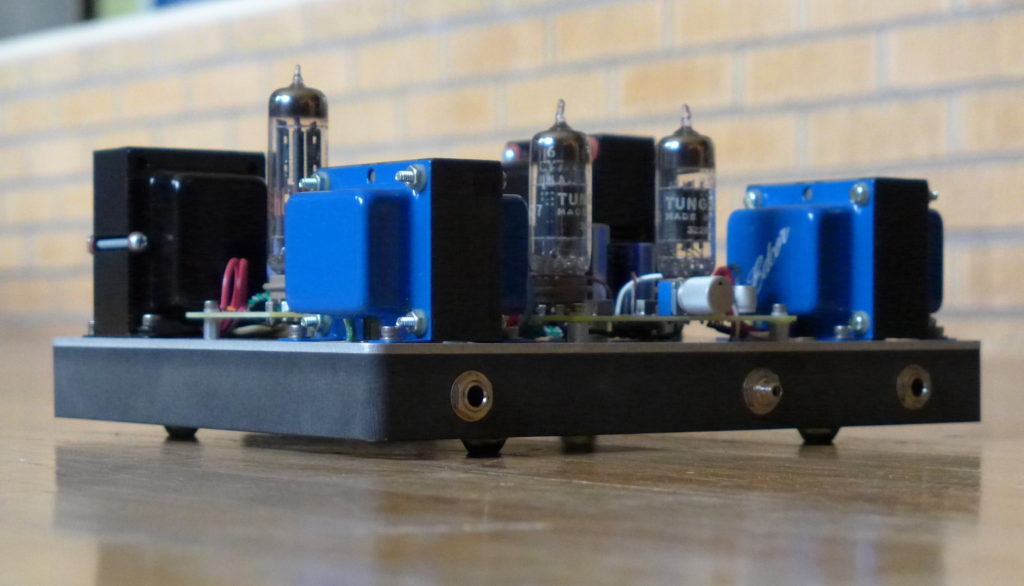
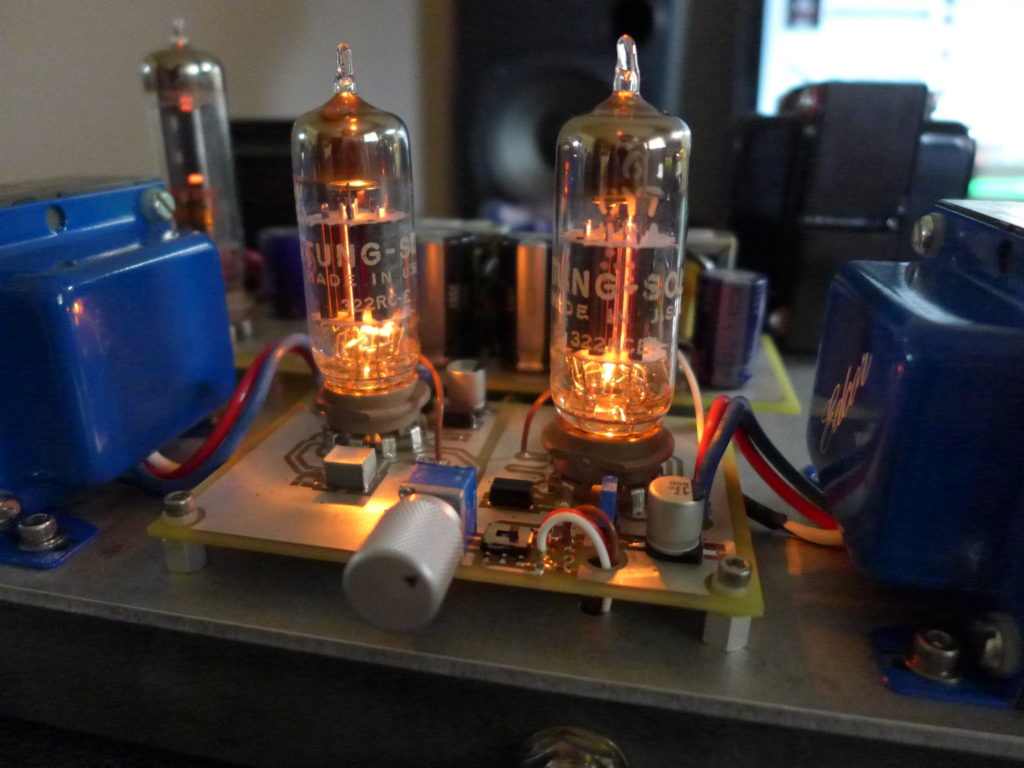
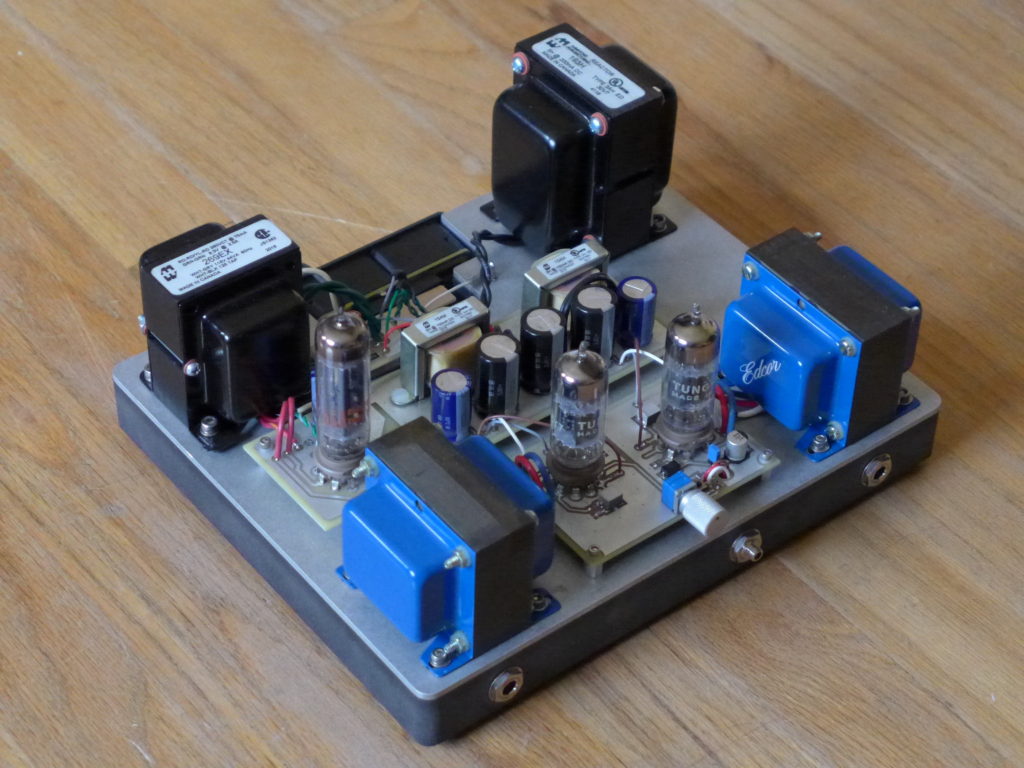
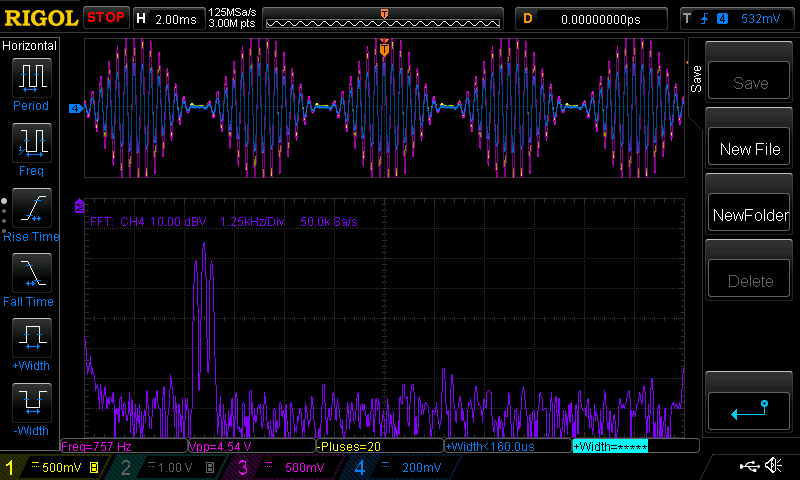
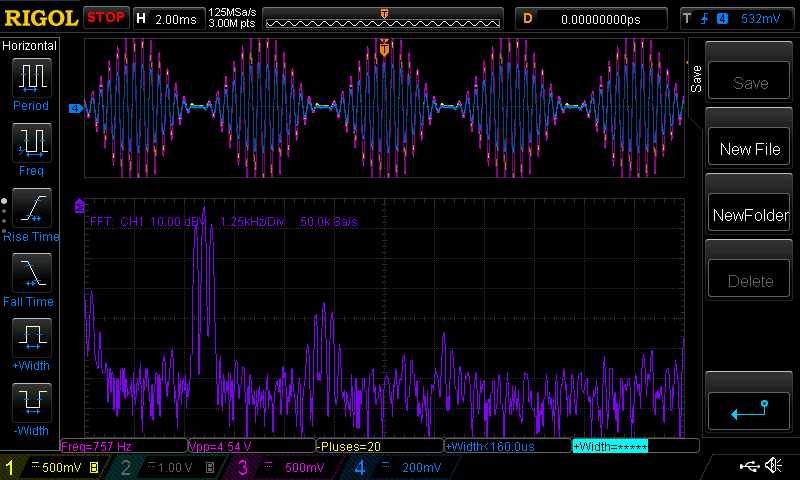
[…] Josh built this 6CY7 dual triode valve amplifier: […]
[…] 6CY7 dual triode valve amplifier – [Link] […]
[…] Before solid state amplifiers hit the scene in the ’60s and ’70s, audio was amplified using vacuum tubes. On paper, solid state amplifiers seemed better in just about every way: they were more compact, less expensive, more efficient, and less distorted. But for a subset of musicians and audiophiles, they just don’t sound as good as tube amplifiers. That’s likely due to the “warmth” that is introduced by the tubes, which is especially desirable for guitarists when the tubes are overdriven. Josh has always wanted to experience that for himself, so he built this beautiful tube headphone amplifier from scratch. […]
[…] Read more: 6CY7 DUAL TRIODE VALVE AMPLIFIER […]
[…] Read more: 6CY7 DUAL TRIODE VALVE AMPLIFIER […]